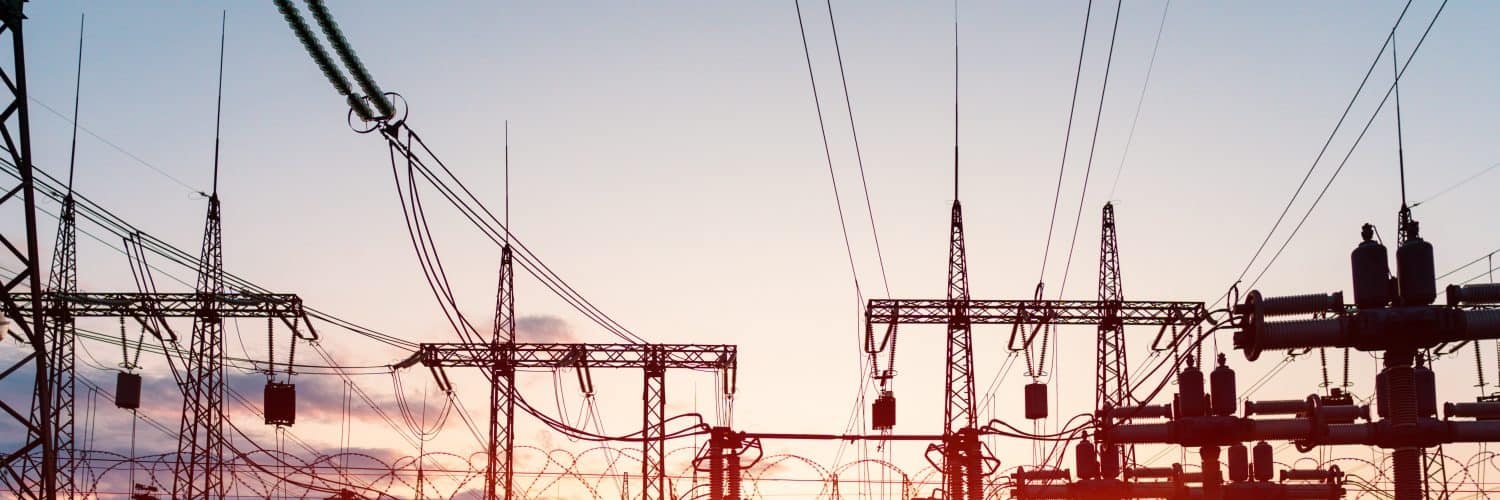Alberta’s weighted average Power Pool Price for October is currently $215.38/MWh. Relative to last week’s price of $324.89/MWh, this a decrease of $109.51/MWh or 33.7%. Pricing over the past week has come down significantly, averaging $103.35/MWh, and with daily settles as low as $57.71/MWh and $69.86/MWh on the 10th and 12th, respectively. Both interties returned to full service, allowing the province to import less expensive electricity from Montana and BC, and lower hourly demand curbed the province’s reliance on overly expensive forms of generation. Increased renewable generation also helped combat market volatility.
The weighted average Hourly Ontario Energy Price (HOEP) is settling at 4.8¢/kWh so far for the month of October, no change from last week’s settle. Natural gas-burning supply decreased by 8.2% (1556MW) over the course of this past week. Baseload generation, such as nuclear, also fell, decreasing output to an average of 7439MW, a 846.6MW or 10.2% decrease compared to last week. Hydro-based generation, on the other hand, increased output, climbing 1.7% to an average of 3910MW. Wind increased week-over-week output (+56.9%; 1469MW), whereas Solar and Biofuel decreased (-10.8%; -97MW, and -13.9%; -1MW, respectively). With the first Global Adjustment estimated at 0.5¢/kWh, October’s total market price is currently settling at 5.3¢/kWh as of today.
On October 6th, the Ontario Minister of Energy issued a legislative directive to the IESO related to electricity procurement in the upcoming years. There will be 1500MW of capacity procured and in operation by May 2026, 300MW of capacity added through upgrades to existing facilities by May 2026, and 2500MW of capacity procured and in operation by May 2027. The IESO will maintain a diverse supply mix to avoid project delays and supply chain disruptions, and to protect against tight market conditions. To limit the influence of natural gas markets, no more than 1500MW of the procured capacity will be natural gas resources. The long-term goal is to address potential reliability gaps in the grid using storage generation resources and, as such, the Minister has directed that at least 1500MW of capacity is acquired from standalone storage projects.
– Mark Ljuckanov, Energy Advisor / Clara Birch, Energy Data Analyst








Add comment